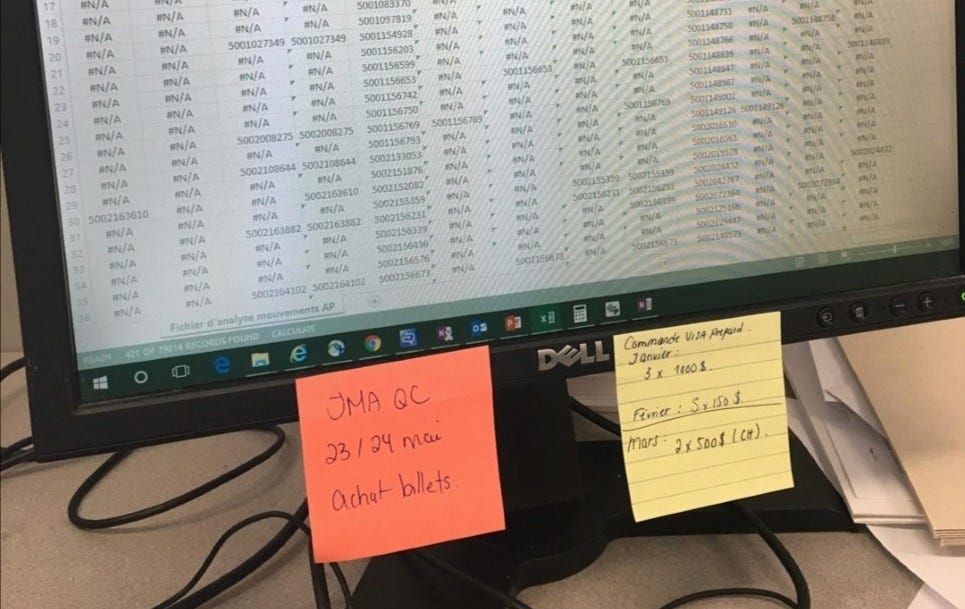Should you use a financial advisor or diy investing?
 Should You Use a Financial Advisor or DIY Investing?
Should You Use a Financial Advisor or DIY Investing?
The decision of whether to engage a financial advisor or manage investments independently is a crucial one for individuals seeking to build and grow their wealth. This choice hinges on several factors, including financial knowledge, risk tolerance, time commitment, and the complexity of one's financial situation. Historically, investment management was largely the domain of high-net-worth individuals utilizing professional advisors. However, the rise of online brokerage platforms and readily available financial information has democratized investing, making DIY approaches increasingly accessible. This article explores the merits and drawbacks of each path, offering guidance for informed decision-making.
This exploration will delve into the practical considerations of each approach, examining the costs, benefits, and potential pitfalls involved in both professionally managed and self-directed investment strategies. It will also provide a framework for assessing individual circumstances and determining which path aligns best with specific financial goals and personal capabilities.
The following sections will address frequently asked questions, offer practical tips, and conclude with a summary of key considerations to guide readers towards a confident and informed choice regarding their investment management strategy.

FAQs about Financial Advisor vs. DIY Investing
This section addresses common queries regarding the selection between professional financial guidance and self-managed investment strategies.
Question 1: What are the typical costs associated with each approach?
Financial advisors typically charge fees based on assets under management (AUM), hourly rates, or a combination of both. DIY investing involves brokerage fees, trading commissions, and potentially the cost of educational resources. The overall cost will vary significantly depending on the chosen approach and the specific services or platforms used.
Question 2: How much financial knowledge is required for DIY investing?
Successful DIY investing demands a solid understanding of fundamental investment principles, risk management, diversification strategies, and market analysis. A lack of this knowledge can lead to suboptimal investment decisions and potential financial losses.
Question 3: What are the benefits of using a financial advisor?
Financial advisors offer personalized guidance, tailored investment strategies, access to specialized expertise, and ongoing portfolio monitoring and adjustment. They can provide valuable support in navigating complex financial situations, such as retirement planning or estate management.
Question 4: What are the potential drawbacks of DIY investing?
DIY investing carries the risk of emotional decision-making, lack of diversification, insufficient risk management, and potentially poor investment performance due to a lack of expertise. Time constraints and the need for continuous learning are also significant factors.
Question 5: How can individuals assess their suitability for DIY investing?
Individuals should evaluate their comfort level with risk, available time for research and monitoring, existing financial knowledge, and the complexity of their financial situation. A thorough self-assessment is crucial before embarking on DIY investing.
Question 6: What are the different types of financial advisors, and how do their services differ?
Various advisors exist, including fee-only advisors (charging only fees), commission-based advisors (earning commissions on product sales), and hybrid models. The fee structure and the scope of services offered will vary depending on the advisor's type and business model.
A comprehensive understanding of these factors is crucial for making an informed decision.
Tips for Choosing Between Financial Advisor and DIY Investing
These tips aim to simplify the decision-making process by outlining key considerations and actionable steps.
Tip 1: Define Your Financial Goals: Clearly articulate your short-term and long-term objectives. Are you saving for retirement, a down payment, or education? Clearly defined goals will shape your investment strategy.
Tip 2: Assess Your Risk Tolerance: Understand your comfort level with potential investment losses. A higher risk tolerance may justify a more aggressive investment approach, while a lower tolerance necessitates a more conservative strategy.
Tip 3: Evaluate Your Time Commitment: DIY investing requires significant time for research, monitoring, and rebalancing. If time is limited, professional management might be more appropriate.
Tip 4: Consider Your Financial Knowledge: Honestly assess your understanding of investment principles, market analysis, and portfolio management. A lack of knowledge warrants seeking professional assistance.
Tip 5: Research and Compare Options: Thoroughly research various financial advisors or brokerage platforms. Compare fees, services, and client reviews before making a decision.
Tip 6: Seek a Second Opinion: If unsure, seek guidance from multiple sources, such as financial planners or trusted financial professionals, to get diverse perspectives.
Tip 7: Start Small (for DIY): If choosing DIY, begin with a small portfolio to gain experience and confidence before significantly increasing investment amounts.
Tip 8: Regularly Review Your Strategy: Regardless of the chosen approach, conduct periodic reviews of your investment strategy to ensure it aligns with your goals and risk tolerance.
By carefully considering these tips, individuals can enhance their chances of making a well-informed decision that aligns with their individual circumstances.
Conclusion on Financial Advisor vs. DIY Investing
The decision of whether to engage a financial advisor or pursue DIY investing is deeply personal and should be based on a careful evaluation of individual circumstances. Both approaches offer distinct advantages and disadvantages. Professional management provides expertise and convenience but comes with associated fees. DIY investing empowers individuals but demands knowledge, time, and discipline. Factors such as financial literacy, risk tolerance, time constraints, and the complexity of one's financial situation should all play a significant role in shaping this crucial decision.
Ultimately, the most effective approach is the one that best aligns with an individual's financial goals, resources, and comfort level. A thoughtful and informed decision, informed by thorough research and self-assessment, is crucial for achieving long-term financial success.

Published on: 2025-05-04T17:36:36.000Z
